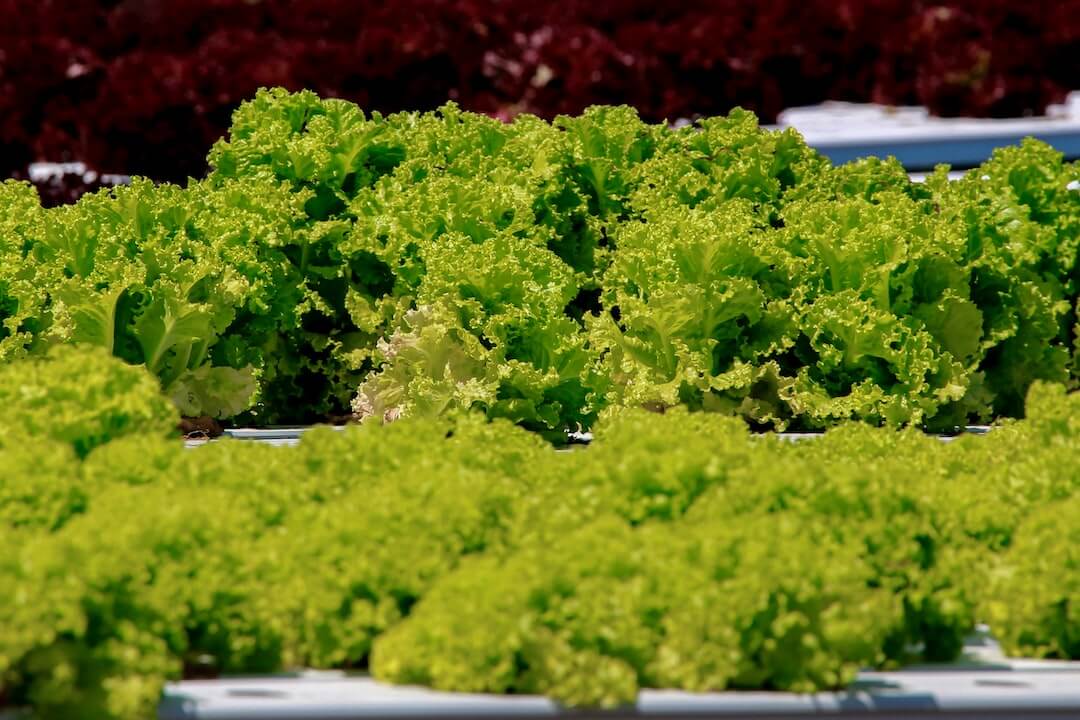Controlled Environment Agriculture (CEA) facilities offer highly efficient and sustainable methods of cultivating crops indoors, utilizing hydroponics, aquaponics, and aeroponics. However, according to some estimates, the waste produced in these systems needs to be more utilized, with only 10% repurposed.
CEA facilities, or Controlled Environment Agriculture facilities, are a type of agriculture system that allows for cultivating crops indoors using various technologies such as hydroponics, aquaponics, and aeroponics. While these systems are highly efficient and sustainable, they generate some waste through plugs, mats, or waste from production. Unfortunately, according to Albert Lin, CEO & founder of Vegbed, only 10% of the waste produced is repurposed by CEA facilities, with the rest being thrown away.
“The objective when I started Vegbed was to find a cost, eco, and user-friendly growing medium. Today our products are certified as biodegradable, which enhances the value chain for the grower and opens new possibilities,” mentions Albert.
Repurposing organic waste into compost is a viable solution for reducing waste and producing a valuable product. The cost of producing compost varies from $20 to $50 per ton, depending on the scale of the operation and the quality of the finished product. However, selling the compost can generate between $20 and $60 per ton, depending on the quality of the compost. Organic waste can cost farmers up to $40 per ton when considering transportation, fees, labor, and equipment. Therefore, composting organic waste is a practical solution for generating additional income while reducing waste.
“For some of the companies out there that do not want the burden of creating a new operation dedicated to composting, they can outsource it to companies specialized in repurposing the waste,” adds Albert.
Organic waste can also be repurposed into energy. According to the U.S. Department of Energy, one ton of municipal solid waste (MSW) can produce approximately 550 kWh of electricity. This means that around 1.8 tons of MSW would be needed to produce 1,000 kWh, which is equivalent to the monthly electricity usage of an average U.S. household. However, the profitability and feasibility of an organic waste-to-energy project depend on various factors such as the type and quantity of waste, the technology used, and local energy market conditions. Therefore, a detailed feasibility study is necessary to determine the potential of organic waste-to-energy projects.
Read more here.
Photo by motomoto sc on Unsplash



2 Comments